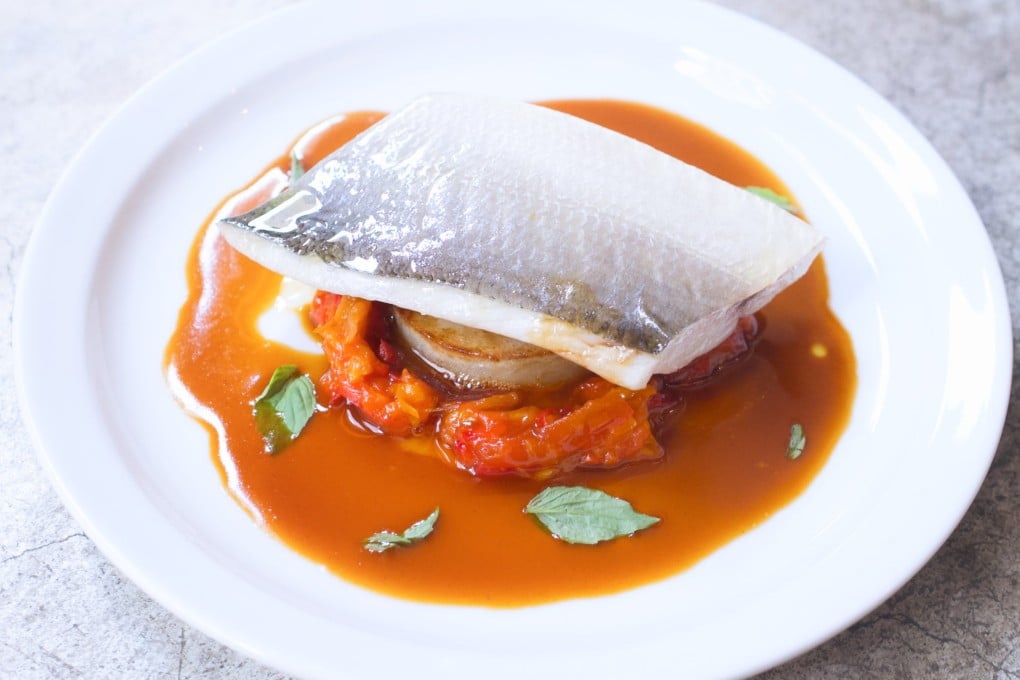What is threadfin? ‘Almost like salmon, but without the bad rep,’ say chefs of fish local to Hong Kong waters
- Threadfin, a type of oily fish, is a popular seafood option in many Hong Kong restaurants. Chefs explain why they put it on their menus
- At Central restaurant Fireside, it is dry-aged for days before being chargrilled, while at Kam Tung Tai in Shau Kei Wan, it is pan-fried low and slow

Move over, three yellow chicken. Threadfin fish, or ma yau in Cantonese, is the latest local ingredient sweeping Hong Kong. Previously the mainstay of primarily Chinese restaurants, threadfin has gone mainstream – finding its way onto menus at Western restaurants offering distinctly untraditional preparations of the popular fish.
It can be hard to describe the true tenderness of a fish such as threadfin, when it is fresh, fatty and cooked à point – how the plump flakes quiver precariously atop your chopsticks as you bring them to your mouth, and how its delicate flavour profile is elevated with a touch of wine or a splash of soy sauce.
Unassuming to begin with, the richness that hits on the first mouthful is unexpected and unforgettable, with the fish’s fragrant oils gently unfolding across the palate like a beam of sunlight.

It’s for good reason – the patient application of heat allows the thin skin of the fish to gently crisp (an aggressive flame would only toughen it), resulting in a glorious contrast of crunch and tenderness.